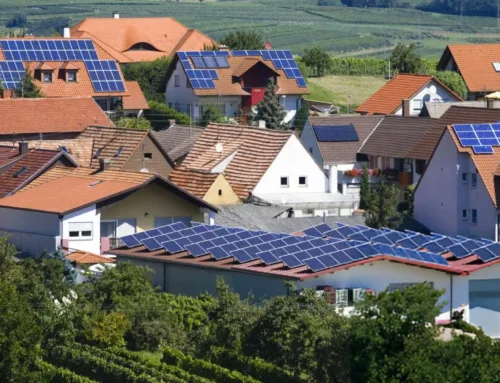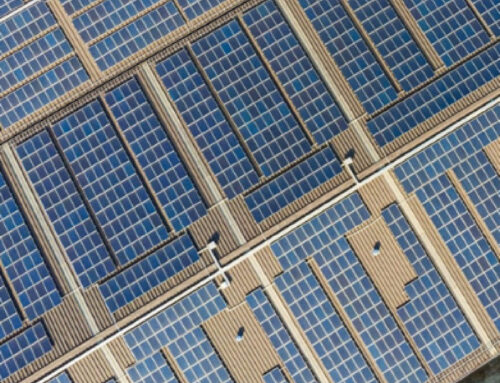
“In addition, through 2024, the KUSUM program, which supports solar photovoltaic (PV) deployment in rural areas for agricultural users, aims to commission around 31GW of PV capacity.”
“However, we expect about 10GW of this photovoltaic (PV) capacity to come online between 2021-2026 due to funding and execution issues,” the IEA said in its Renewables 2021 report.
‘Upside potential exists if…’
The Pradhan Mantri Kisan Urja Suraksha evam Utthaan Mahabhiyan (PM-KUSUM) aims to give farmers water and energy security while also increasing their revenue. The Union Cabinet approved the project in February 2019, with a target of 30.8 GW of solar generating capacity by 2022 and a budget of 34,035 crores from the government, including service costs to implementing agencies. Solar power has been sanctioned for a total of 4,909 megawatts (MW) as of November 30, 2021, with 20MW built.
“If financial and implementation difficulties are addressed, the program has upside potential,” according to the research, which forecasts REpower until 2026. India is an associate member of the International Energy Agency (IEA), which provides energy policy advice to industrialized nations.
‘Banks enthusiastic’
The government has been quite proactive in looking at other funding options for PM-KUSUM. For greater funding prospects, the scheme has been brought together with the Pradhan Mantri Krishi Sinchayee Yojana (PM-KSY) and the Agriculture Infrastructure Fund. In addition, the Reserve Bank of India (RBI) has included the three components of PM-KUSUM under Priority Sector Lending Guidelines to facilitate access to credit.
RK Singh, the Minister of Power and Renewable Energy, met with banks on Wednesday to discuss ways to improve PM-access KUSUM’s to funding. Banks are “excited about helping solarization of agriculture,” according to a tweet from the Ministry of New and Renewable Energy (MNRE).
“Renewables expansion in India accelerates,” the IEA said of India’s efforts, “although meeting targets on time requires persistent hurdles to be handled.”
Forecast revised
According to the agency, India is forecast to add 121 GW of renewable power between 2021 and 2026, an increase of 86% over current capacity, making it the world’s third-largest growing market after China and the United States. Solar PV is the most widely deployed technology (74%), followed by onshore wind (16%) and hydropower (12%).
It stated that India’s prediction has been revised upwards, owing to quickening capacity additions after the forecast period after a fall in 2020, as some policy improvements have countered increasing obstacles.
“India’s distribution firms’ (Discoms) financial health remains a significant challenge,” according to the IEA, “leading to delays in signing power purchase agreements (PPAs) with auction winners and placing certain projects at risk of delay or cancellation.”
However, it praised India’s effort to boost clean energy, noting that the country has contracted a record amount of solar and wind capacity to meet its ambitious renewable capacity target of 175 GW by 2022 (excluding major hydropower). “India declared revised 2030 targets of 500 GW of total non-fossil capacity and 50% renewable electricity generating share (more than double the 22% share in 2020), as well as net-zero emissions by 2070, during COP26.” The IEA said that this “further confirms the country’s commitment to energy transitions.”







Leave A Comment